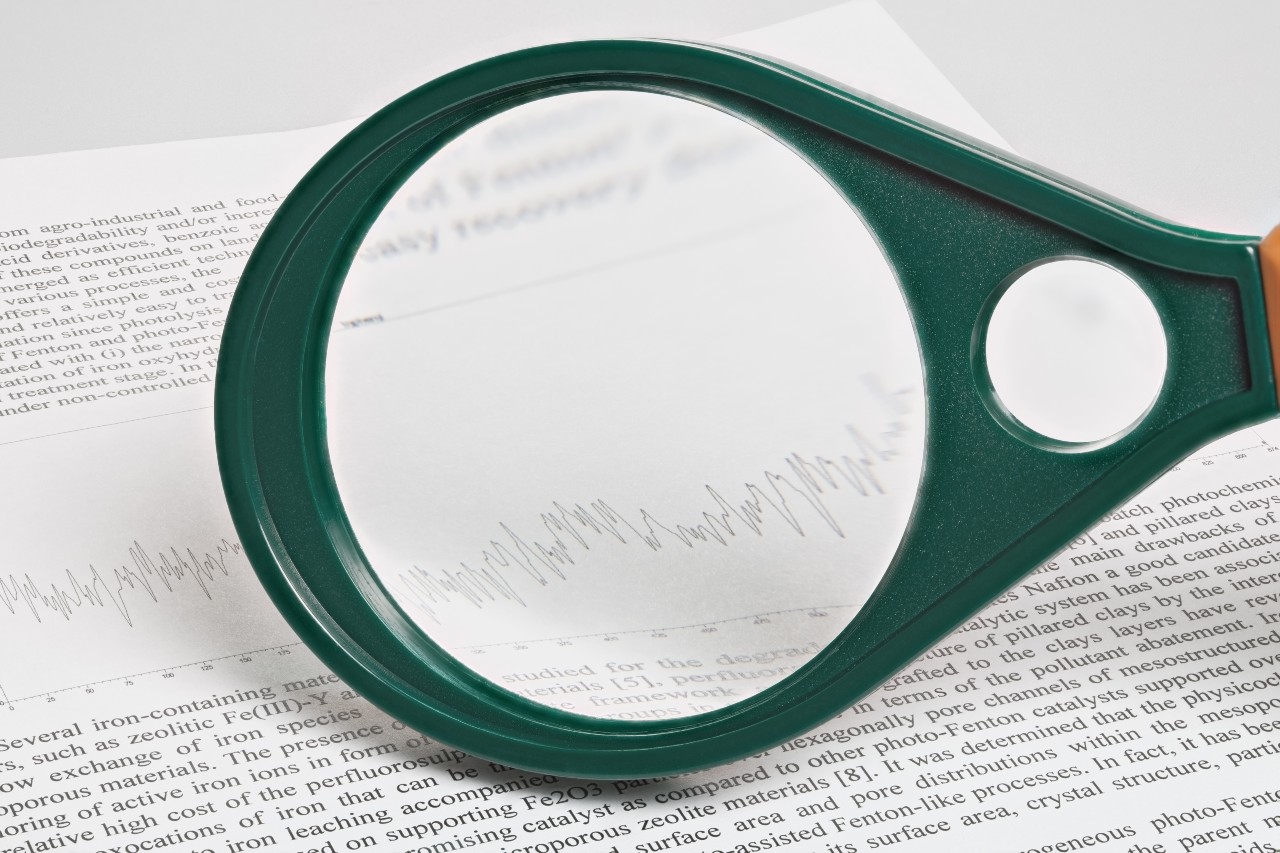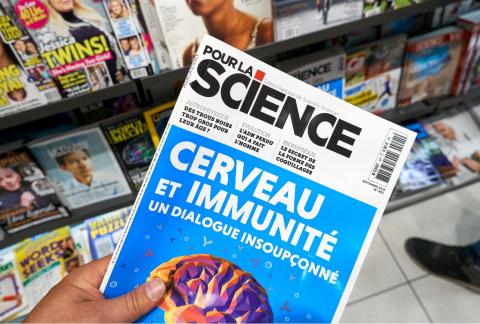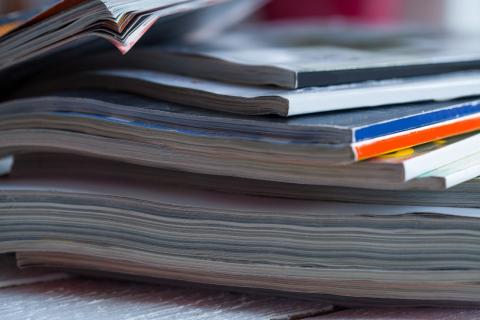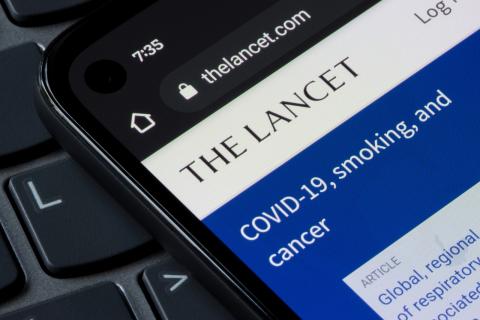Scientific articles that present new research do so in technical language that tries to eliminate subjective, non-empirical observations.
A journalistic article follows an inverted pyramid structure in which the most important things are at the top. A paper does not present its results and conclusions until the end.
Scientific articles generally have the same structure, which makes them easier to read and easier to find information in the text. Every study tries to answer a specific question and not another: it is important to always keep this in mind in order not to fall into errors of interpretation.
This is a suggested reading order, according to the level of depth we want to reach with the reading:
1. Abstract (a mini-summary of the 5Ws). Equivalent to the journalistic lead. It summarises the study and its conclusions in a few lines, which means that it serves as a first point of contact. It gives us an idea of its relevance to see if we are interested and will therefore continue reading.
2. Discussion/Conclusion. It interprets the results obtained to evaluate their relevance and how they change or complement what has been known up to that point, as well as a final summary. It serves to obtain a more complete view of the conclusions presented in the abstract and includes one of the most important points for understanding and evaluating the paper: the limitations of the study. It can be two different sections.
3. Results (equivalent to the journalistic “what?”). Every study attempts to answer one or more questions, and this section provides the data obtained to do so. It usually includes tables, figures and graphs that allow the results to be understood quickly and visually.
4. Introduction (equivalent to the journalistic “why?”). It explains the context of the study and how it fits in with what is known so far. It also poses the question you were seeking to answer in more detail than in the abstract. It may be useful to start here to situate yourself if you do not know the subject well. It is also useful to read it if you are going to write about the paper, as it gives a context that may also be useful for the general reader.
5. Methodology or Materials and Methods (equivalent to the journalistic “how”, “when” and “where”).
It explains what the researchers did to try to answer the question posed in the introduction. This is usually the most technical and least relevant part for a science journalist. With practice, it can become the most important section when it comes to detecting limitations that are not explained by the authors themselves.
6. References. A bibliographic list with all the studies mentioned in the paper. Useful for finding more context, data and even sources when preparing a report.
Conflicts of Interest, Funding and other details worth mentioning do not have a section as such, but they are recommended reading. They are found at the end, before the bibliography.




